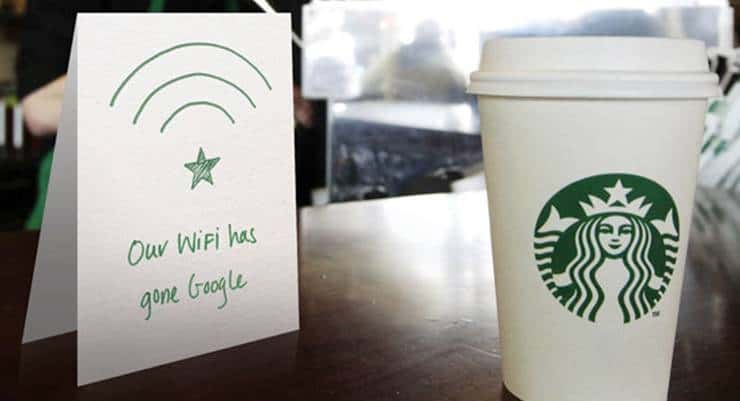A shopping trip to a nearby mall tells me that the Wi-Fi may grow bigger than it is expected to. Authentication, passwords and some poorly designed landing pages aside, the well-recognized Wi-Fi symbol seems to beckon the customer way before the girl in the store says hi or before the waiter ushers you into the restaurant. Where there is a Wi-Fi symbol, the feet seems to follow right away.
By 2018, the number of global public Wi-Fi hotspots are expected to reach 5.8 million, said Informa while ABI Research expects the number of worldwide deployments of Wi-Fi to surpass 10.5 million by the end of that period. Looks like there is going to be a Wi-Fi hotspot around every corner in the next few years.
Monetization of Wi-Fi services though remains a challenge. What we have today are merchant sponsored Wi-Fi Hotspots, which are definitely attracting more people into the premises and therefore, will continue to be offered for free. On the other hand, we have Operator Hotspots and now Cable - Multi Service Operator (MSO) Hotspots which are somewhat bundled into the primary service (fixed broadband, 3G/4G LTE or cable service) and is accessible for free or for a pre-agreed fee. With Hotspot 2.0, accessing operators Wi-Fi service either at home or while roaming abroad has just got a whole lot easier and seamless. Then we have the Global Hotspot Providers (aka the true Wi-Fi Kings) such as Ipass, Boingo and WeFi which provide Wi-Fi services to thousands of locations around the globe across airports, hotels, restaurants and cafes - all travellers have to do is purchase a pass and download the relevant apps on their mobile device. Todate, Ipass boasts more than 13 million Hotspots!
However, the true test to the Wi-Fi service is whether it can be a standalone 'monetizable' service where customers purchase a Wi-Fi pass or subscribe to a Wi-Fi service that offers Wi-Fi access across a given geographical area, for example a town center, a surburb or even the entire city - covering the main streets, parks, schools, public amenities, malls, hospitals and commercial centers. Such Wi-Fi service (which will most probably require joint ownership by operators, premis owners or even the city council and delivered by a third party Wi-Fi service provider) must offer secure and simplified login, real-time usage updates and allow easy top-up and plan changes. With data-only devices, more specifically Wi-Fi-only devices becoming very popular (thanks to Wi-Fi at home and Wi-Fi in the office and now, Wi-Fi in the car), the subtly yet steadily growing demand for Wi-Fi service that is available everywhere, that is operator-agnostic and that can intelligently take over from cellular connection when the user walks into the Wi-Fi zone will push service providers to rethink their Wi-Fi strategy. In addition, the launch of Wi-Fi calling service this year by some operators and the introduction of handsets with built-in Wi-Fi calling functionality puts Wi-Fi on the path of becoming a full-fledged service by itself and a great alternative to existing voice and data services. With the much hyped smart-city and the digital lifestyle idea, not having Wi-Fi access that is available to everyone and available almost everywhere (especially in urban areas) is like not having a large piece of a puzzle - the connectivity puzzle, that is.




















